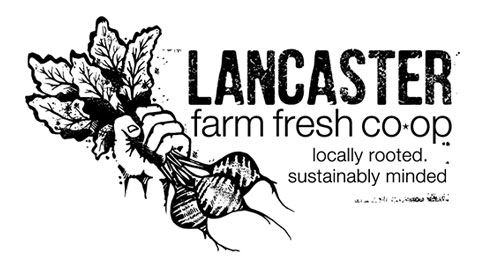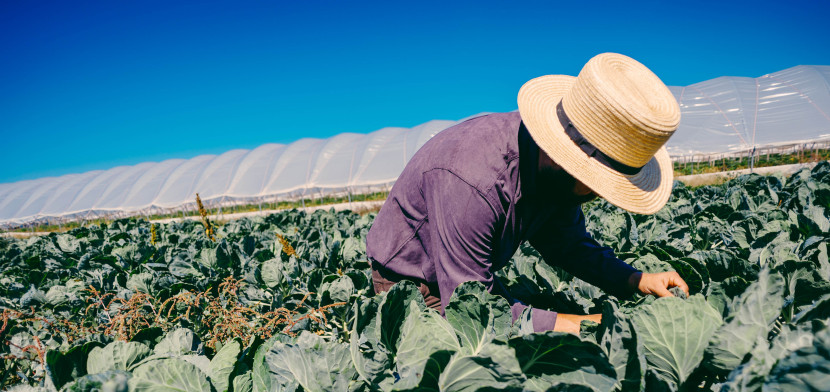CSA, or Community Supported Agriculture, is becoming more and more of a household term, with growing mainstream media coverage and adoption in large cities. While the concept of CSA is still a small regionally supported one, we thought we’d review the origin and explain how it’s shaped the LFFC CSA.
The earliest know adaption of CSA emerged in Japan in the 1960s and ’70s. Japanese families wanted to know where their food was coming from and how it was being grown. In an effort to become better connected with their food, they started exchanging funds for goods from local farmers throughout the season. They called this exchange “teikei,” meaning “relationship” or “partnership” or “food with the farmer’s face on it.”
This concept of “teikei” is still the root of what our CSA is truly about: connecting the farmer to the community and ensuring a better understanding of where food is coming from. With the use of social media and digital communication, we’re now able to share more about what is happening on the fields as well as with the produce. We also feel that the sense of community is important in growing the CSA. The volunteers who host the CSA every week are a crucial part of bringing the CSA community together by allowing the members to gather at their central location and sharing their passion for local and organic produce.
We look forward to the next year of growing and evolving holding this simple concept of “teikei” close to heart.


